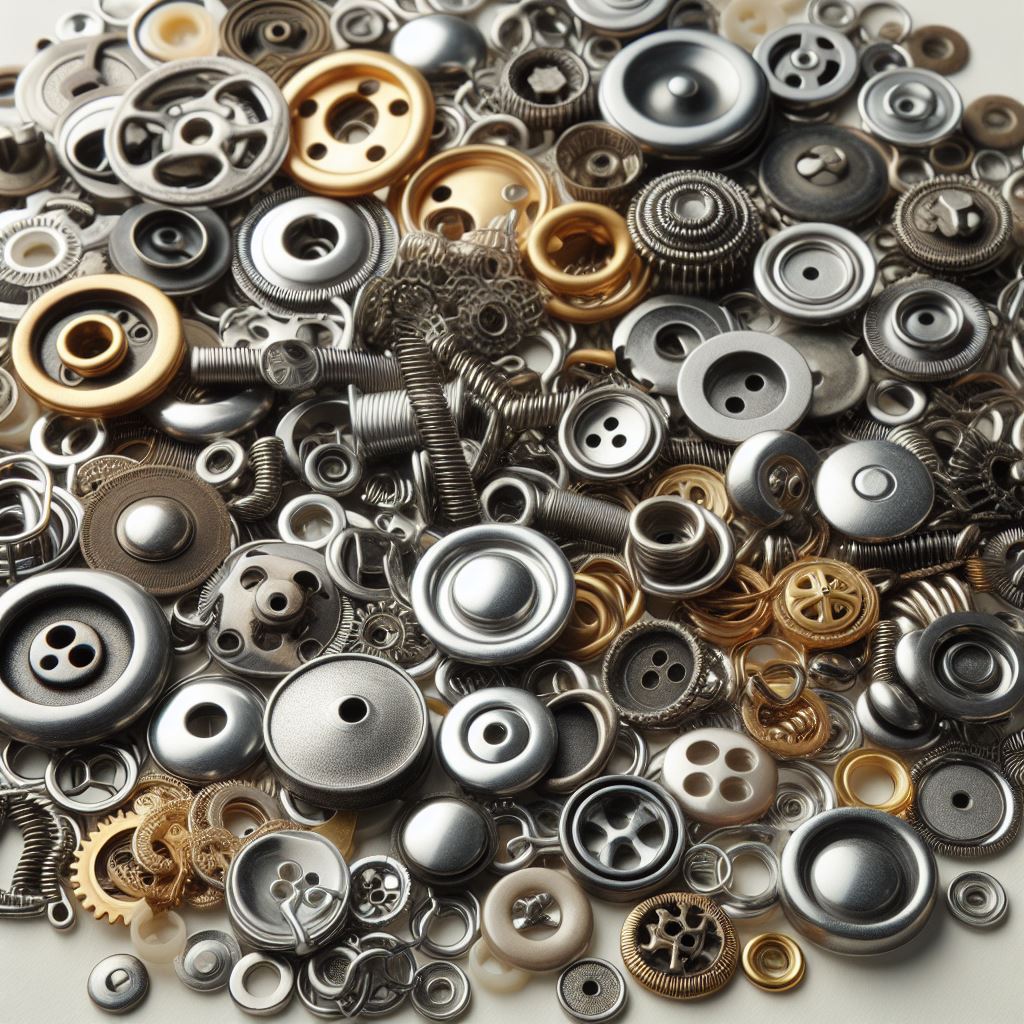Metal buttons, in particular, add a touch of sophistication and durability to various garments, making them a popular choice across the fashion industry. However, when it comes to ordering metal buttons, there are several common mistakes that buyers often encounter. Understanding and avoiding these pitfalls can ensure a smoother procurement process and superior end products. Here are some of the most prevalent mistakes to steer clear of:
- Misjudging Size and Style: One of the most common errors when ordering metal buttons is misjudging the size and style required for the garment. Buttons come in a wide range of sizes, shapes, and designs, each serving a different purpose and aesthetic. Failure to select the appropriate size and style can result in buttons that are either too large, too small, or mismatched with the overall design, detracting from the garment’s appeal.
- Ignoring Material Compatibility: Metal buttons are available in various materials, including brass, stainless steel, zinc alloy, and aluminum. Each material offers distinct properties in terms of durability, corrosion resistance, and appearance. Neglecting to consider material compatibility with the garment fabric can lead to issues such as rusting, discoloration, or damage to the fabric over time. It’s essential to choose metal buttons that complement the garment material and withstand the intended use.
- Failing to Test Durability: Durability is a critical factor to consider when selecting metal buttons, especially for garments subjected to frequent wear and washing. Some buyers make the mistake of assuming that all metal buttons are equally durable, overlooking factors such as coating quality, attachment method, and button construction. Failing to test the durability of metal buttons under real-world conditions can result in premature wear, breakage, or loss, compromising the garment’s longevity and functionality.
- Neglecting Color Consistency: Consistent color matching is vital for maintaining the overall aesthetics and perceived quality of garments. However, achieving uniform color consistency with metal buttons can be challenging due to variations in manufacturing processes, finishes, and environmental factors. Buyers may overlook the importance of specifying color requirements or conducting color matching tests, resulting in buttons that deviate from the desired hue or tone. Ensuring color consistency across all metal buttons is essential for a polished and cohesive garment appearance.
- Underestimating Lead Times: Timely procurement of metal buttons is crucial to avoid production delays and meet project deadlines. However, some buyers underestimate lead times for ordering and receiving metal buttons, especially for custom or specialty designs. Factors such as manufacturing complexity, customization requirements, and shipping logistics can significantly impact lead times. It’s essential to plan ahead and communicate effectively with suppliers to ensure timely delivery of metal buttons without compromising production schedules.
In conclusion, ordering metal buttons for the garment industry requires careful consideration of size, style, material compatibility, durability, color consistency, and lead times. By avoiding these common mistakes and taking a proactive approach to button procurement, buyers can enhance the quality, aesthetics, and functionality of their garments, ultimately delighting customers and driving business success.
